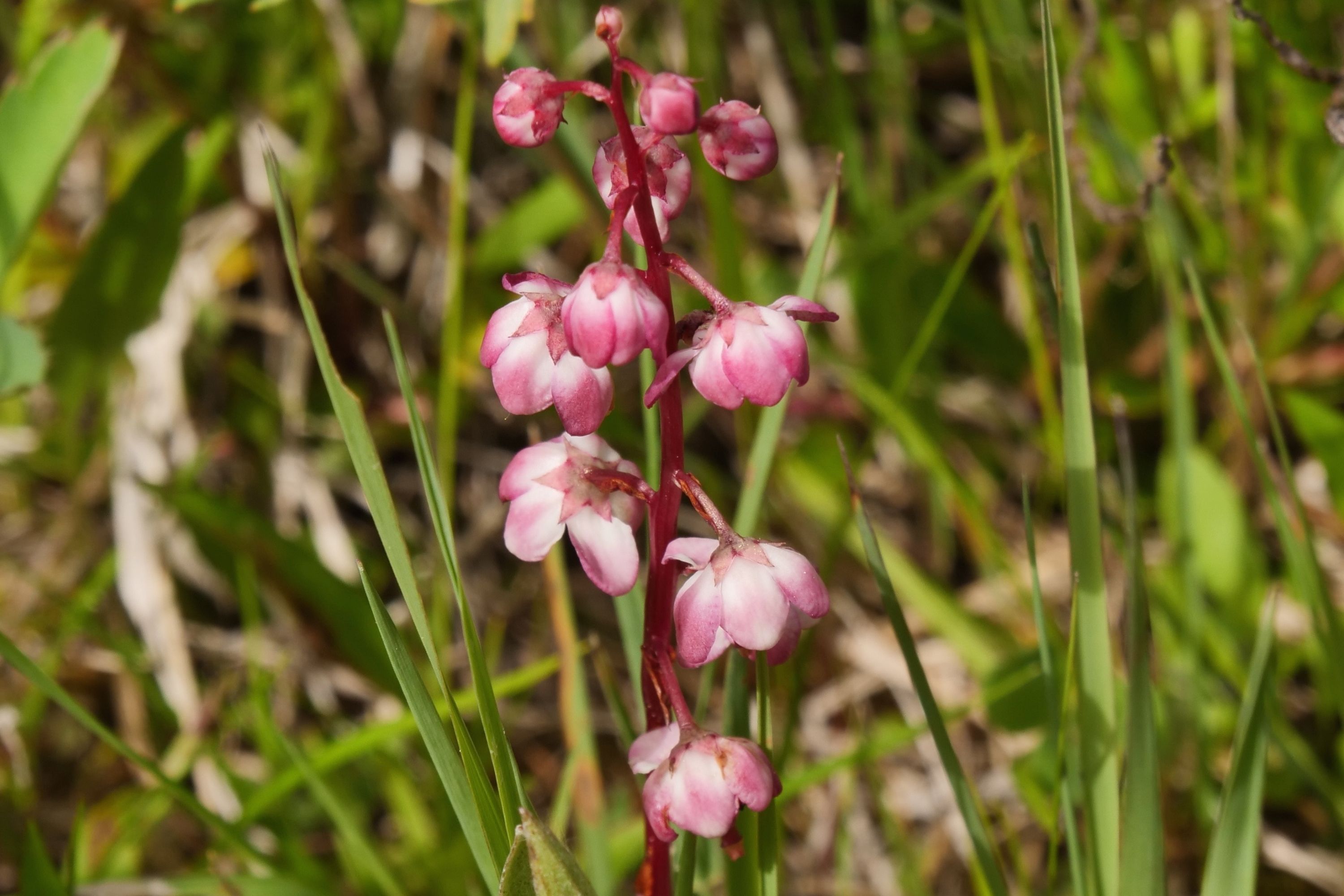American cranberry
(Vaccinium macrocarpon)

Description
Vaccinium macrocarpon (also called large cranberry, American cranberry and bearberry) is a North American species of cranberry of the subgenus Oxycoccus and genus Vaccinium. The name cranberry, comes from the shape of flower stamen, that seems like a bird crane peak, cranberry berry from crane. Vaccinium macrocarpon is a perennial shrub, often ascending (trailing along the surface of the ground for some distance but then curving upwards). It produces white or pink flowers followed by sour-tasting red or pink berries 9–14 mm (0.35–0.55 in) across. Vaccinium macrocarpon is native to central and eastern Canada (Ontario to Newfoundland) and the northeastern and north-central United States (Northeast, Great Lakes Region, and Appalachians as far south as North Carolina and Tennessee).It is also naturalized in parts of Europe and scattered locations in North America along western Canada (British Columbia) and the western United States (West Coast) The species is grown commercially as a cash crop for its edible berries. Many of these are grown in artificial ponds called cranberry bogs. A common use of the berries is in sauce to be served with roast turkey.There is some evidence suggesting that the berries or their juice could be useful in treating or preventing certain urinary tract infections, but this is not certain yet and thus is not a substitute for medical management.Some research suggests cranberries may suppress asymptomatic Helicobacter pylori colonization, but they seem to be an inferior treatment compared to antibiotic therapy in symptomatic patients. Vaccinium is a common and widespread genus of shrubs or dwarf shrubs in the heath family (Ericaceae). The fruits of many species are eaten by humans and some are of commercial importance, including the cranberry, blueberry, bilberry (whortleberry), lingonberry (cowberry), and huckleberry. Like many other ericaceous plants, they are generally restricted to acidic soils. The plant structure varies between species: some trail along the ground, some are dwarf shrubs, and some are larger shrubs perhaps 1 to 2 m (3 to 7 ft) tall. Some tropical species are epiphytic. Stems are usually woody. Flowers are epigynous with fused petals, and have long styles that protrude from their bell-shaped corollas. Stamens have anthers with extended tube-like structures called "awns" through which pollen falls when mature. Inflorescences can be axillary or terminal.
Taxonomic tree:







